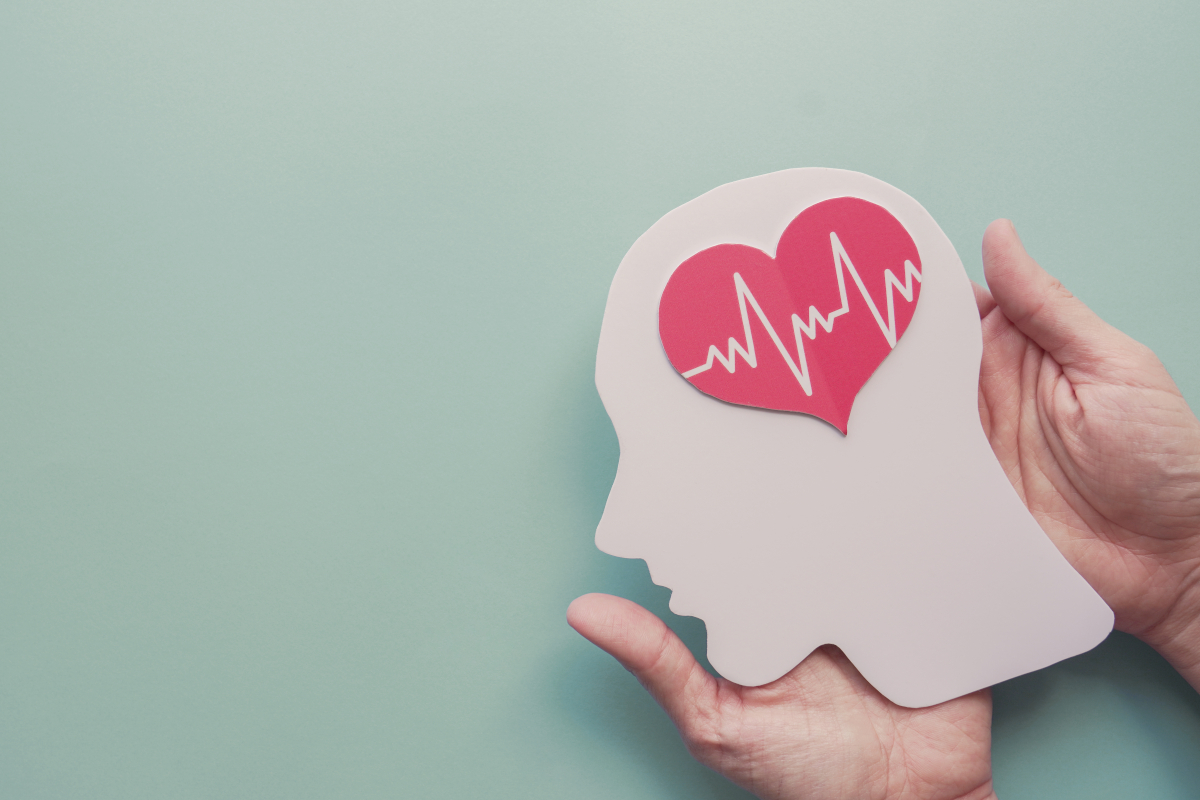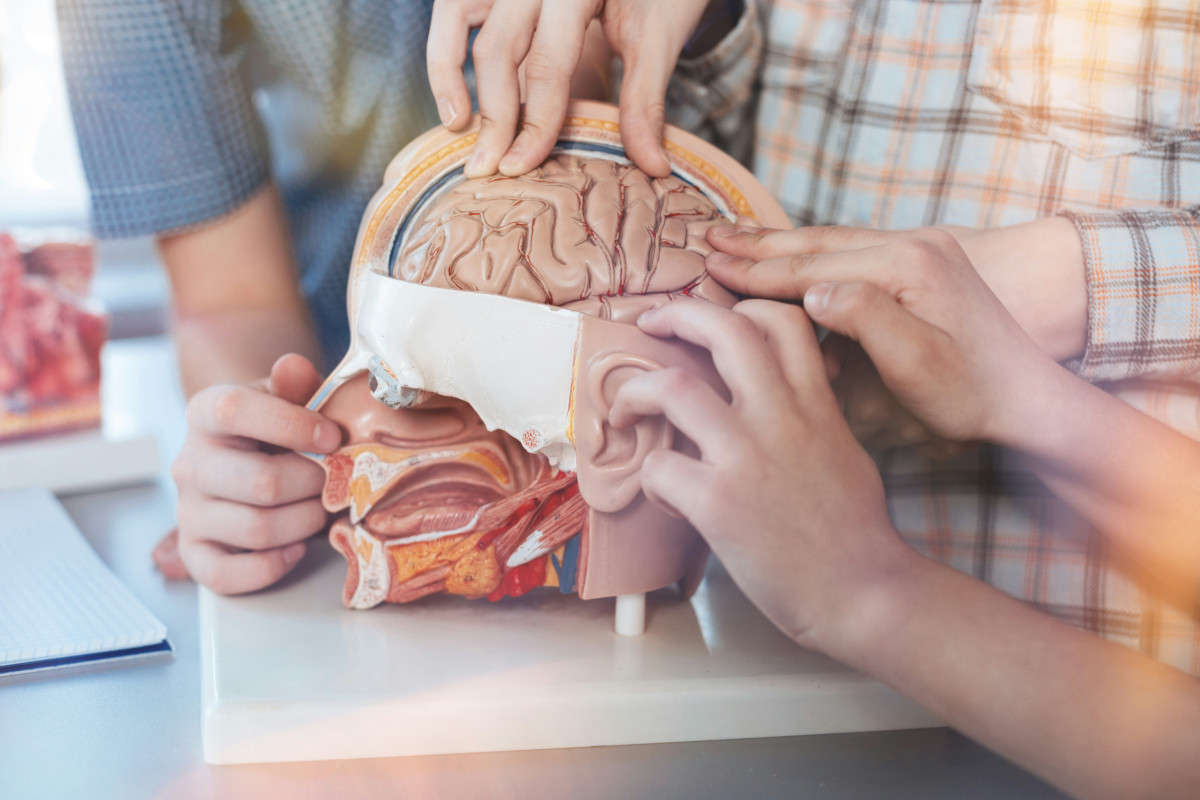What happens in your brain during a migraine attack?
Migraine is a disease of the central nervous system. Migraine affects millions of people all over the world. Many years of research into the underlying causes are yielding new results and theories all the time.
-
References
Aristides P. Leão (1944). Spreading depression of activity in the cerebral cortex. J. Neurophysiol. 7: 359–390
Carneiro-Nascimento S, Levy D. Cortical spreading depression and meningeal nociception. Neurobiol Pain. 2022 Apr 22;11:100091. doi: 10.1016/j.ynpai.2022.100091.
GBD 2017 Disease and Injury Incidence and Prevalence Collaborators. Global, regional, and national incidence, prevalence, and years lived with disability for 354 diseases and injuries for 195 countries and territories, 1990-2017: a systematic analysis for the Global Burden of Disease Study 2017. Lancet. 2018 Nov 10;392(10159):1789-1858. doi: 10.1016/S0140-6736(18)32279-7. Epub 2018 Nov 8.
GBD 2019 Diseases and Injuries Collaborators. Global burden of 369 diseases and injuries in 204 countries and territories, 1990-2019: a systematic analysis for the Global Burden of Disease Study 2019. Lancet. 2020 Oct 17;396(10258):1204-1222. doi: 10.1016/S0140-6736(20)30925-9.
Steiner TJ, Stovner LJ, Vos T, Jensen R, Katsarava Z. Migraine is first cause of disability in under 50s: will health politicians now take notice? J Headache Pain. 2018 Feb 21;19(1):17. doi: 10.1186/s10194-018-0846-2.






















